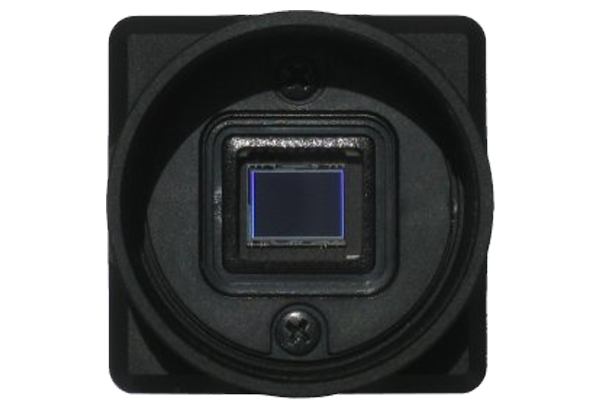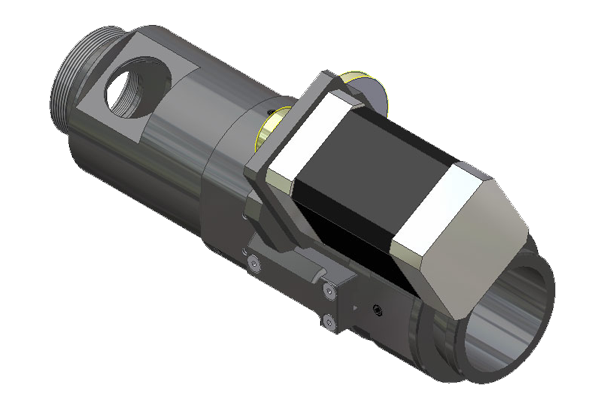BitFlow provided software for the frame-grabber, which is tested for windows 7, 64 bits and Labview 2011. With one of the machines (machine A), the programming is working fine. If you haven’t installed the Neo drivers and install the Neon Bitflow CameraLink drivers, you’ll see this in Windows Device Manager: Windows Device manager without driver for Andor Neo “PCI Device” is the Neon Bitflow card. “PCI Data Acquisition and Signal Processing Controller” is the National Instrument X-series card.
BitFlow has announced the availability of free CoaXPress drivers for LabVIEW 2017, the latest version of National Instruments’ systems engineering software, for its Aon (pictured) and Cyton CoaXPress frame grabbers.
BitFlow has announced the availability of freeCoaXPress drivers for LabVIEW 2017, the latest version of National Instruments’ systems engineeringsoftware, for its Aon (pictured) and Cyton CoaXPress frame grabbers.
Sysreg Windows 10
Donal Waide, Director for Sales for BitFlow, notes that the company was one of the first independent frame grabber companies to offer support for LabVIEW, as it released a LabVIEW driver in 2009 for its Camera Link frame grabbers, and a driver in 2011 for its CoaXPress frame grabbers.
'This is very typical of the company who offered a 3rd party driver for Halcon back in 1997. Development of third party drivers represents our continuous commitment to adding value to our CXP customer relationships and to help in the acceleration of the CXP standard throughout the scientific, military and industrial vision markets.'
BitFlow offers a number of third-party drivers, which are used to integrate its frame grabbers within any application environment, eliminating the need for new coding, while helping to achieve more stable systems. Additional drivers re available for AB Software ImageWarp, Cognex Vision Pro, MVTec HALCON, Mathworks MATLAB, NorPix StreamPix, IO Industries Streams, Adaptive Vision Studio and Stemmer Imaging Common Vision Blox.
View more information on BitFlow.
Share your vision-related news by contacting James Carroll, Senior Web Editor, Vision Systems Design
To receive news like this in your inbox, click here.
Join our LinkedIn group | Like us on Facebook | Follow us on Twitter
OVERVIEW

High-speed and high-resolution are no longer mutually exclusive. This Camera Link Full frame grabber uses dual DMA engines to continuously transfer huge images across the PCI Express bus. This frame grabber is ideal for Camera Link cameras having up to 80-bit outputs (either 8-bit 10-tap or 10-bit 8-tap) running at up to 85 MHz. Such cameras include the Basler Sprint and Basler Beat.
FLOW-THRU ARCHITECTURE

For the last 10 years, BitFlow's camera interface products have been built around their revolutionary FlowThru architecture. Comprised of a user-programmable Video Pipeline, a flexible Camera Control Unit, efficient high-speed video FIFOs and a highly-optimized scatter/gather DMA engine, the FlowThru architecture allows the Karbon-CL to control, acquire, reformat and transfer video data directly into the user's application at camera speeds with zero latency or CPU usage. The FlowThru architecture has been continuously optimized and enhanced to support a wide variety of imaging applications such as document/package processing, semiconductor, continuous web inspection, sequence capture and motion analysis and can easily be adapted to the specific needs of your application.
PCI EXPRESS INTERFACE

The Karbon-CL uses a x8 PCI Express bus interface. The PCI Express bus offers huge increases in DMA performance over the PCI bus. However, what is less well known is that the PCI Express bus is always peer to peer. This means the the Karbon-CL does not share the bus with any other devices. In most motherboard architectures, it will talk directly to the PCI chipset that is on the memory bus. This direct connection equates to higher sustained DMA bandwidths regardless of system load. Also, most motherboards support concurrent full DMA speed on all of their PCI Express slots. The board will work in any slot that it fits in. This means not only x16 and x8 slots, but also, as is becoming the trend, x4 and x1 slots that use x16 connectors. Performance will be degraded in x1 and x4 slots, but the board will work fine in applications that don't require maximum data rate.
CAMERA CONTROL AND I/O
Supported by a GUI camera file editing utility (CamEd), the Karbon can acquire fixed or variable size images and features a programmable ROI (Region Of Interest) sub-windowing capability. The board provides a full set of camera control signals (CC1, CC2, CC3, CC4) and sync inputs (LVAL, FVAL, PCLK, trigger and encoder) for each camera connected to the board (up to four cameras can be connected). These signals are completely independent, although there are provision for driving all cameras from a signal set up encoder/trigger signals. There is also a large number of programmable general purpose outputs and inputs that are not tied to the camera's timing. The Karbon-CL board, as with our past interface products, supports not only simple triggering modes but also complicated, application-specific triggering and control interactions with your hardware environment.
SOFTWARE
Labview Halcon
BitFlow frame grabbers are compatible with most software environments. Drivers are available for interfacing with Cognex VisionPro, MathWorks Matlab, MediaCybernetics Image-Pro, National Instruments LabView, and Stemmer Imaging Common Vision Blox. There is a TWAIN driver for interfacing with additional applications. We also offer an SDK (Windows 32 and 64, or Linux) for developing your own applications in C, C++, or .net languages.
